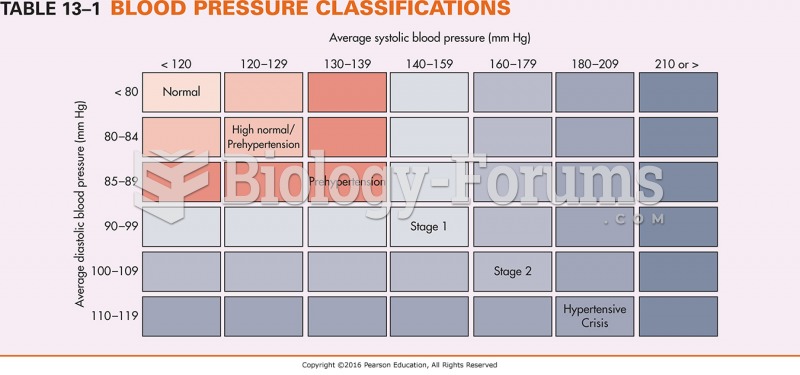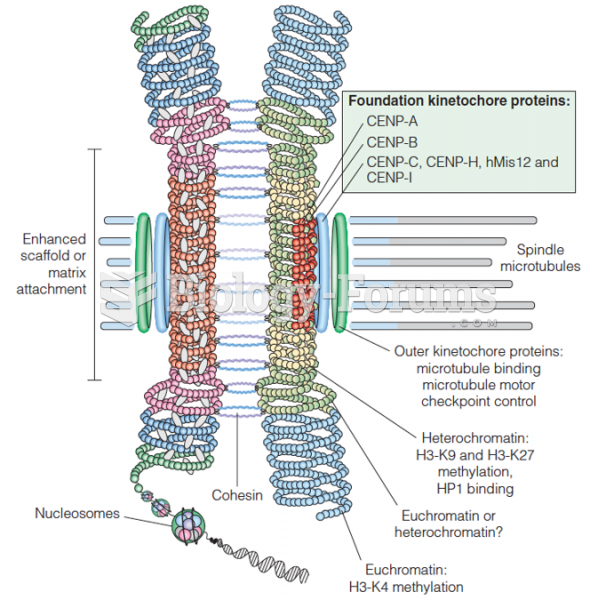This topic contains a solution. Click here to go to the answer
|
|
|
Did you know?
According to the Migraine Research Foundation, migraines are the third most prevalent illness in the world. Women are most affected (18%), followed by children of both sexes (10%), and men (6%).
Did you know?
The immune system needs 9.5 hours of sleep in total darkness to recharge completely.
Did you know?
By definition, when a medication is administered intravenously, its bioavailability is 100%.
Did you know?
Excessive alcohol use costs the country approximately $235 billion every year.
Did you know?
The first monoclonal antibodies were made exclusively from mouse cells. Some are now fully human, which means they are likely to be safer and may be more effective than older monoclonal antibodies.







